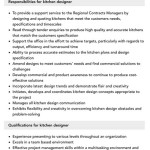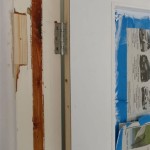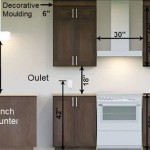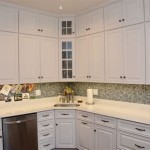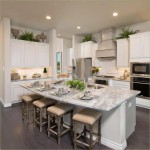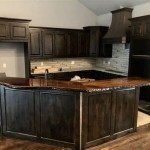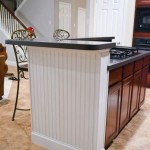Building Traditional Kitchen Cabinets: A Guide to Essential Aspects
Crafting traditional kitchen cabinets involves a meticulous process that combines time-honored techniques with modern advancements. By understanding the core elements involved, you can create elegant and functional cabinetry that will enhance your kitchen's aesthetic and overall utility.
Materials Selection
The choice of materials for traditional kitchen cabinets is crucial. Solid wood species such as oak, maple, and cherry are preferred for their durability and timeless appeal. These woods offer a natural warmth and richness that complements both classic and contemporary kitchen designs.
Construction Methods
Traditional kitchen cabinets are typically constructed using mortise and tenon joinery. This method involves cutting slots (mortises) into the wood and inserting matching pegs (tenons) from another piece of wood. The result is a strong and durable connection that enhances the longevity of the cabinets.
Hardware and Finishes
The hardware and finishes you choose will greatly influence the overall look and feel of your traditional kitchen cabinets. Opt for classic hardware designs such as cup pulls and knobs in finishes that match the wood species and kitchen décor. As for finishes, traditional cabinets often feature stains and glazes that accentuate the natural grain of the wood.
Design Considerations
Traditional kitchen cabinets can incorporate various design elements to achieve both aesthetic appeal and functionality. Raised panel doors add a touch of elegance, while recessed panel doors provide a more understated look. Glass inserts in the upper cabinets can showcase glassware and create a sense of depth.
Storage Solutions
Optimizing storage space is key in traditional kitchen cabinets. Consider incorporating pull-out shelves and drawers for easy access to frequently used items. Adjustable shelves allow you to customize the height and spacing to accommodate different types of cookware and pantry staples.
Professional Installation
While it is possible to build traditional kitchen cabinets on your own, it is highly recommended to engage the services of a professional cabinet maker or installer. They possess the expertise and precision necessary to ensure proper fit and alignment, minimizing the risk of future problems.
Maintenance and Care
Regular maintenance and care will help extend the lifespan of your traditional kitchen cabinets. Clean the surfaces regularly with a mild detergent and water, and avoid using harsh chemicals or abrasive cleaners. To preserve the finish, apply a furniture polish or wax periodically as needed.
By following these essential aspects, you can create traditional kitchen cabinets that will not only enhance the functionality of your kitchen but also add character and warmth to your home.

Building Traditional Kitchen Cabinets 9781561580583 建築人設計人的店 進口建築室內景觀設計書籍專賣店

博客來 Building Traditional Kitchen Cabinets

Jim Tolpin Building Traditional Kitchen Cabinets

Installing Kitchen Cabinets Made Simple Taunton Press By Gregory Paolini Mixed Media Target

Building Traditional Kitchen Cabinets Builder S Book Inc

Frameless Cabinets With Traditional Look

Building Traditional Kitchen Cabinets By Jim Tolpin Paperback Target

Hybrid Cabinet Construction Fine Homebuilding

Building Traditional Kitchen Cabinets By Jim Tolpin Paperback Target

Frameless Cabinets With Traditional Look
Related Posts

